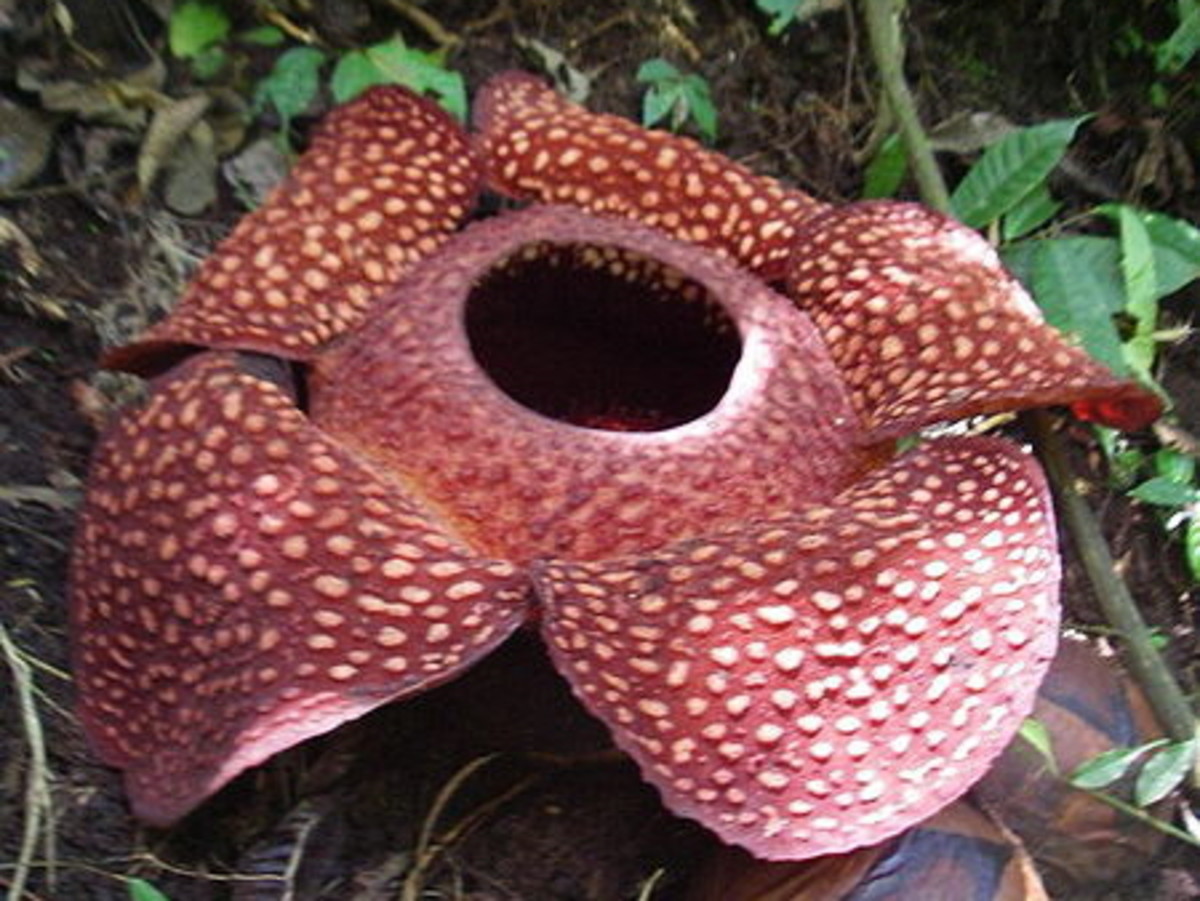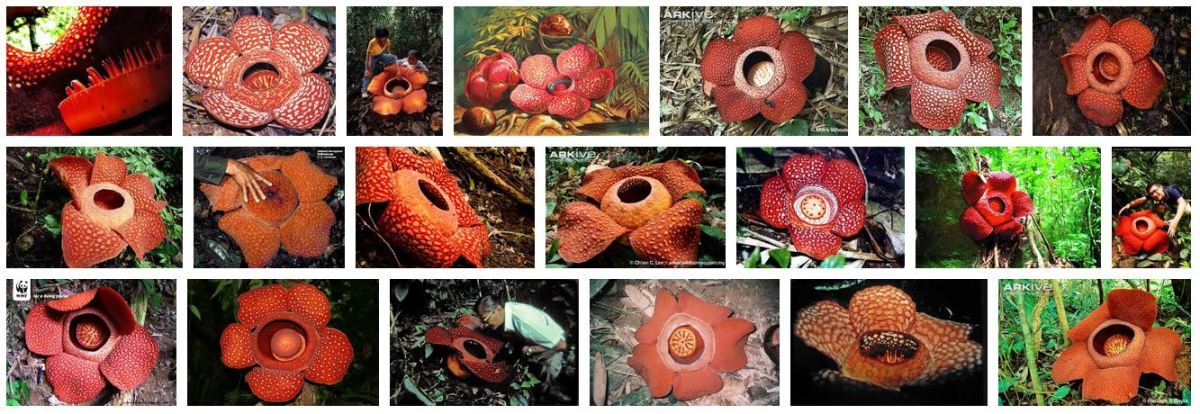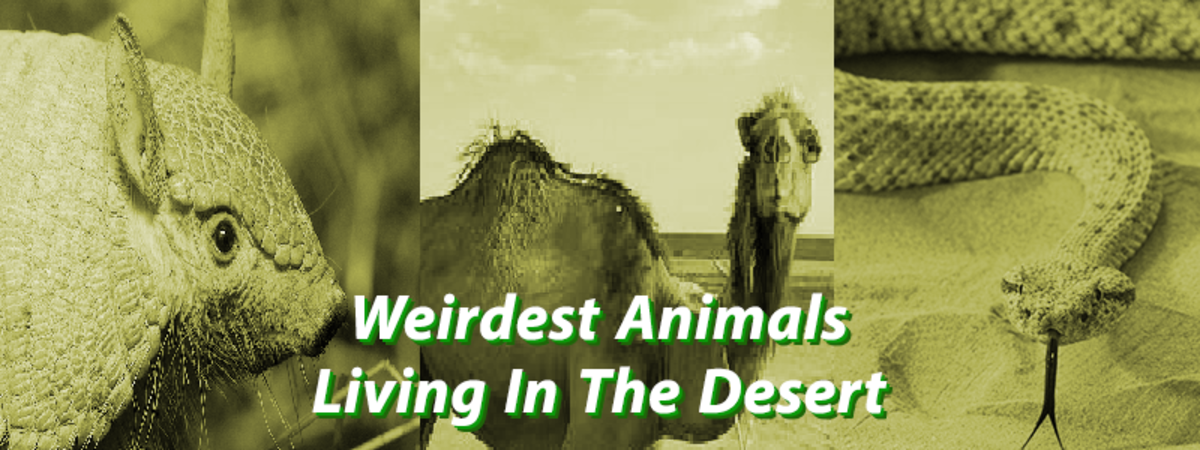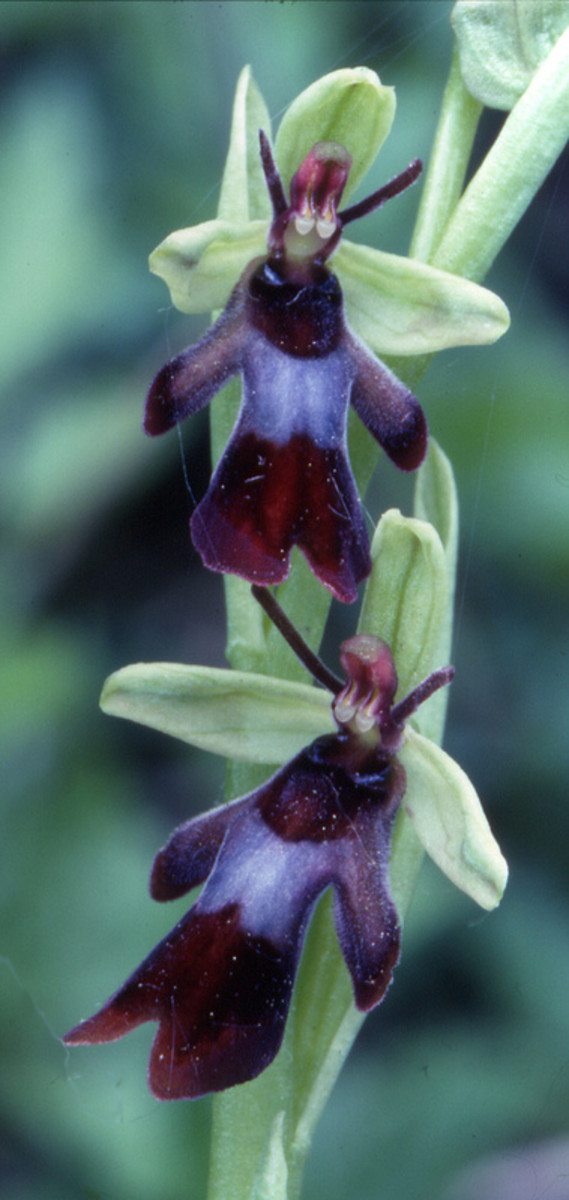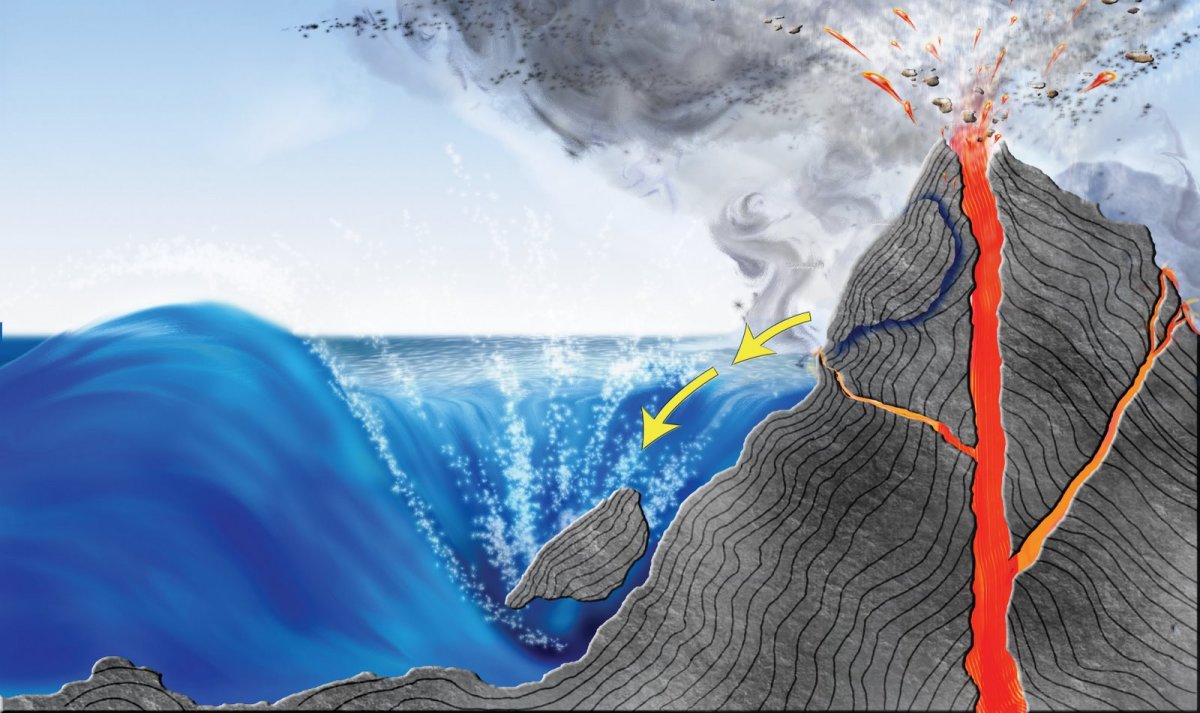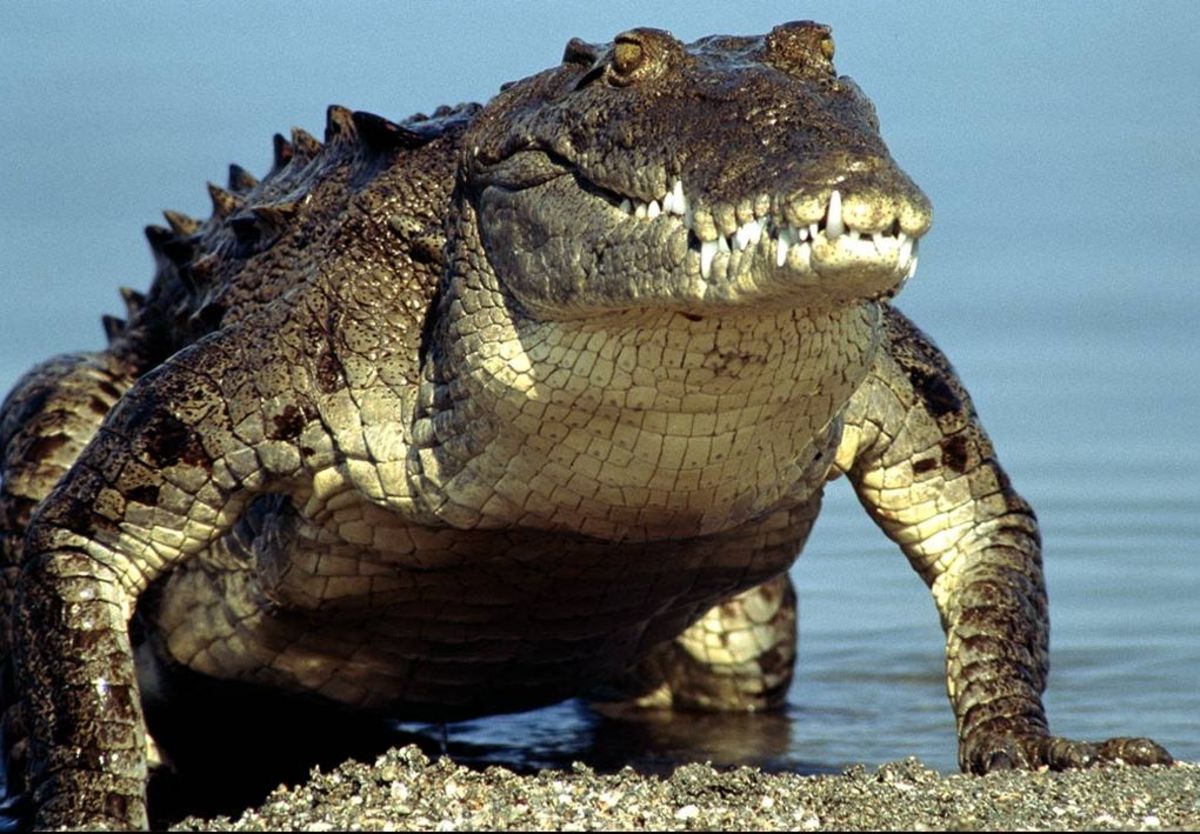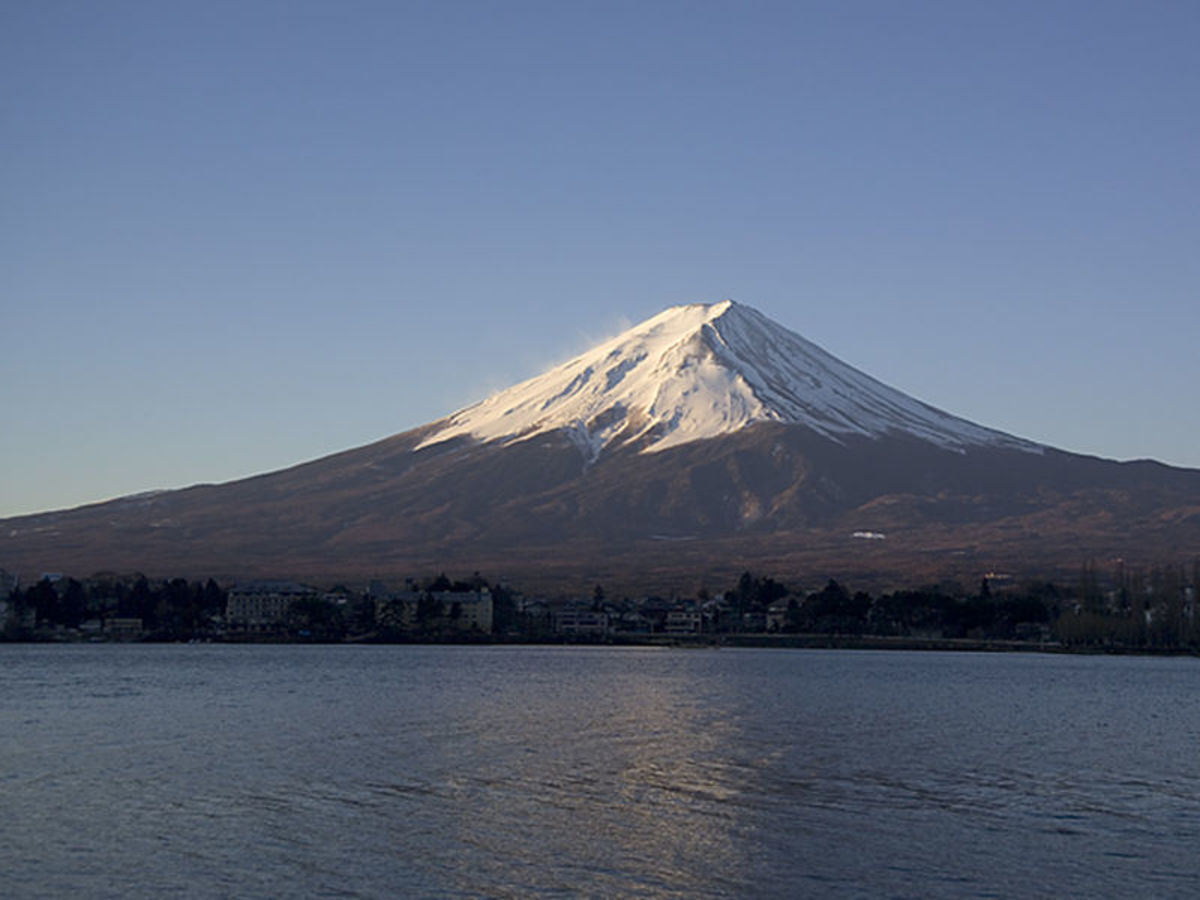6 Weirdest Flowers in the World
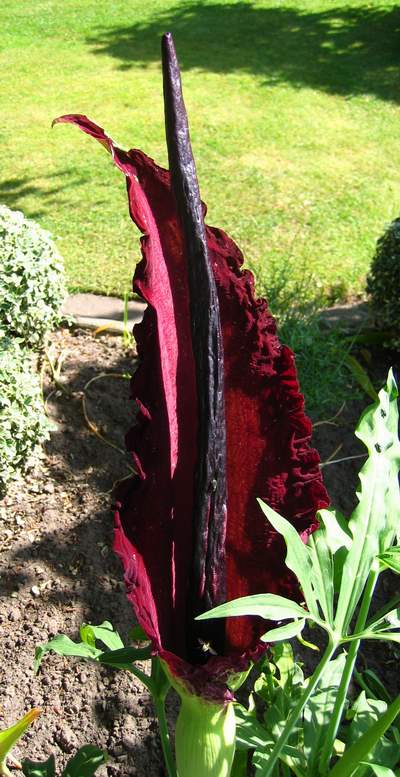
Our world is filled with strange things such as strange looking animals, strange cities, and strange plants and so on. I have already written about some of the strange looking animals such as cats and dogs. I have also written about some of the strangest cities. Now, it is time to write about some of the weirdest flowers in the world you can come across.
There are many places on earth that are unexplored such as the amazon basin where you can find a variety of bizarre flora. Sometimes, some of the strangest plants may be even in our own back yard. Here are such six flowers that are really strange.
1) Darcunculus Vulgaris (Voodoo Lily)
Also known as the snake lily, voodoo lily or dragon arum, this flower looks as if it has come from a science fiction movie. The flower is native to the Balkans and is also found in Greece and parts of Anatolia. It was introduced to America a few years ago and hence, it can be found in Tennessee, California and Oregon. The smell of the flower is foul and intolerable. The flower attracts flies due to its nightly inflorescence. These flies help the flowers pollinate.
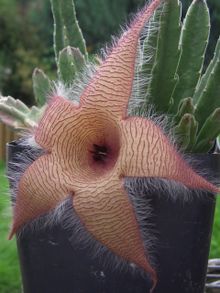
2) Stapelia grandiflora (Star Flower)
Stapelia grandiflora is also called star flower due to its star-like appearance. The flower is usually flesh-colored and even smells like rotten flesh. The petals are hairy to varying degrees and they are white, resembling mold growing on rotten matter. Some of the species such as Stapelia Gigantea bloom very large in size (up to 16 inches) in diameter. Some other common names of this flower are starfish flower, giant toad flower, dead horse plant, Zulu giant and star cactus.
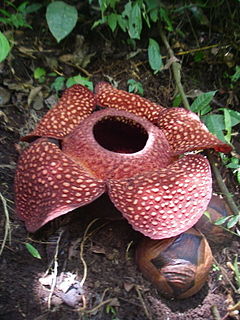
3) Rafflesia Arnoldii
The list of weirdest flowers in the world won’t be complete without this flower. Rafflesia is not only one of the strangest flowers, but also the world’s largest flower. The flower was discovered in 1818 in an Indonesian rainforest. It can be found in Southeast Asian countries such as Sumatra, Indonesia, Borneo and Philippines. The flower can grow up to 100 centimeters (more than 3 feet) in diameter, and has five large leathery petals. It is a parasitic plant that attaches itself onto a host plant to feed upon its water and nutrients. Similar to the flowers mentioned above, Rafflesia too smells like rotten flesh. This smell attracts flies and carrion beetles that help in pollination.
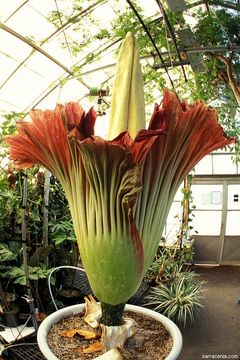
4) Amorphophallus titanium (Corpse Flower)
If Rafflesia is the world’s largest flower, Amorphophallus is the world’s tallest flower. In reality, it is actually a cluster of flowers. It grows up to 10 ft. (3 mts) tall. The flower is also called corpse flower. It can be found in the equatorial rainforests of Sumatra and Indonesia. The flower grows from a corn about 20 inches in diameter and weighing over 50 kilos. After several months, a bud will develop which starts growing at a rate of 4-20 centimeters a day. The plant heats up the spadix to almost human temperature during bloom, thus emitting putrid scent of decaying meat. This smell attracts the pollinators such as carrion beetles and flesh flies. Similar to Rafflesia, the flower blooms completely for 2-3 days and then collapses.
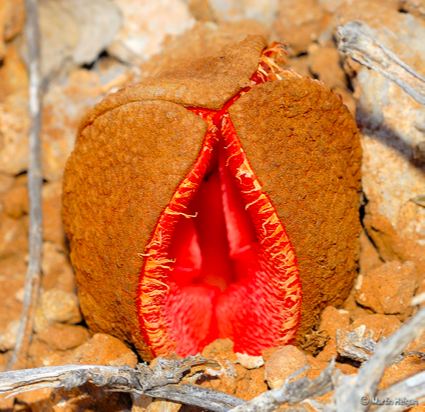
5) Hydnora Africana (Hydnora Triceps)
This is another parasitic plant that grows in the deserts of South Africa. This is a unique flower as the plant has absolutely no leaves. Another interesting thing is that the plant is visible only during the blooming of the flower as the entire plant is underground. Only the flower arises on the surface from the below the ground. The plant structure (call it the stem or roots) attach to the host roots for sustenance. Just like any other flower mentioned above, the flower has a fetid odor that deceives the pollinators and attracts them to do the pollination work.
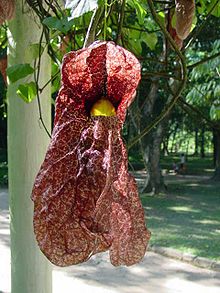
6) Aristolochia Gigantean (Brazilian Dutchman’s Pipe)
Also known as Brazilian Dutchman’s pipe and Giant Pelican Flower, this flower is native to Brazil, especially the Bahia and Minas Gerais vegetation. This is one of the largest and bizarre flowers you can find. Many of these species have insect traps. The maroon corolla is 12 to 16 inches (a large dinner plate) across and has an “inviting” orifice that leads to an insect trap. The flower stinks, attracting pollinators such as fungus gnats that do the job of pollinating flowers.
These are just some of the weirdest flowers you can find in the world. If you know of some bizarre looking flower in your backyard, do mention them here.


